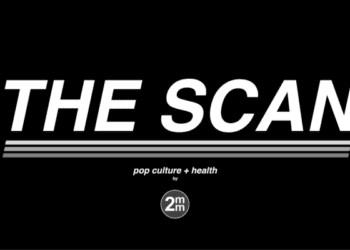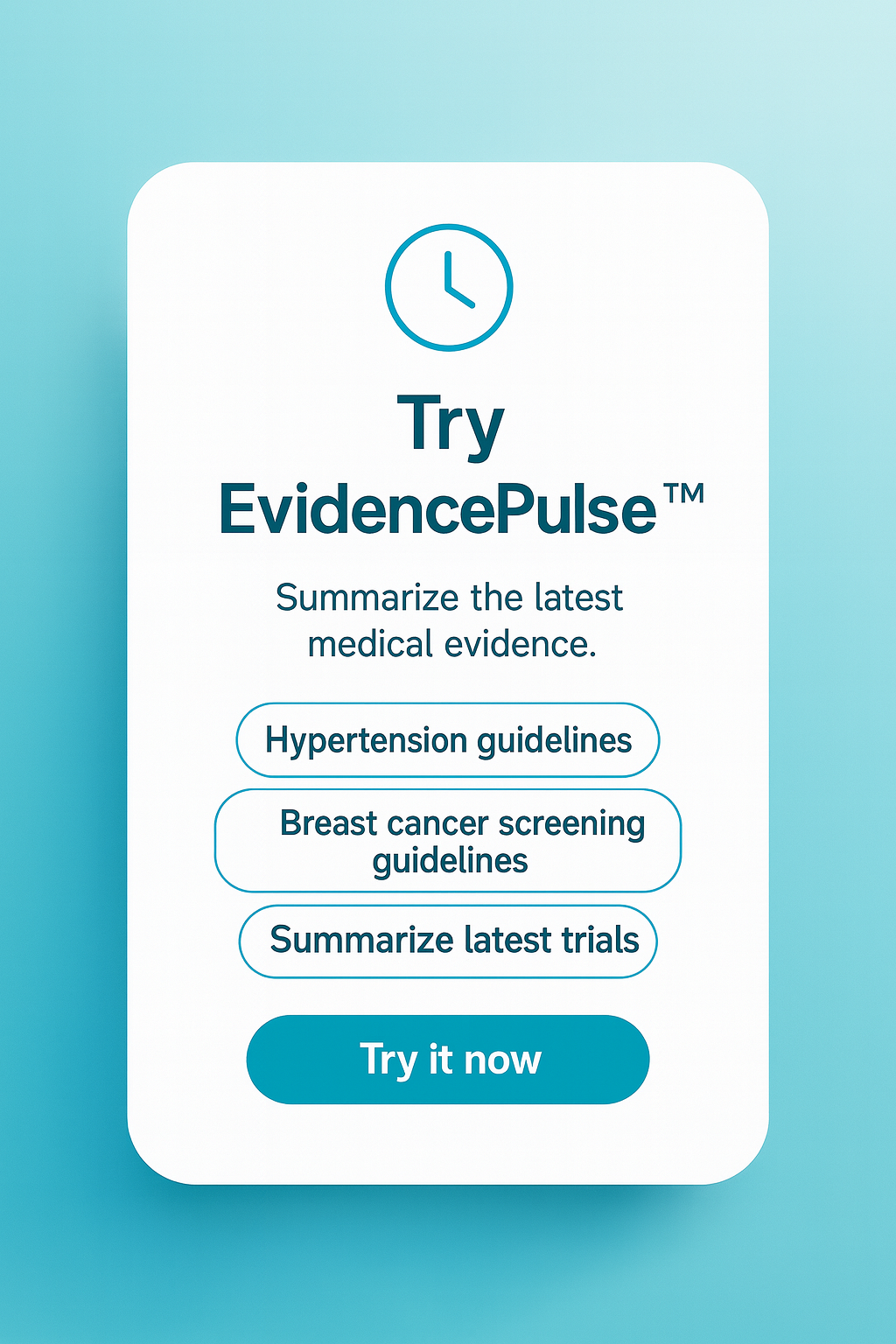Estimated costs of clinical trials for FDA approval of novel therapeutics
1. In this evaluation of clinical trial cost of newly FDA-approved therapeutics, trials without control arms and with small numbers of patients had the lowest estimated cost. Trials comparing a novel agent to a therapy with proven clinical benefit using a noninferiority design had the highest associated costs.
2. Pivotal clinical trial cost represents a relative small proportion of drug development cost, especially for first-in-class therapies for rare disorders.
Evidence Rating Level: 3 (Average)
Study Rundown: Clinical trials are the benchmark standard for the approval of novel therapeutics by the United States Food and Drug Administration. In the modern era, certain drugs can obtain approval without the same traditional standard of multiple control trials with hard clinical benefits. The impact of these changes to the estimated cost of novel therapeutics is not known, with many pharmaceutical companies not disclosing costs of running these trials. This study sought to evaluate the costs for modern pivotal clinical trials that lead to approval of medications by the FDA. The study found that pivotal trials, which led to drug approval, had a median cost of $19.0 million (interquartile range, $12.2 million-$33.1 million). This was significantly less than the estimated total cost of drug development. Trials for “breakthrough” drugs without control arms and those consisting of small numbers of patients with rare disorders had low costs. Trials comparing a novel agent to a drug with established clinical benefit had the highest estimated costs.
The study highlights the relative low cost of trials for rare disorders which do not require control arms or hard clinical outcomes for approval. The main strength of the study was the use of estimation software that used benchmark data from modern trials performed in many countries. The limitations of the study included the reliance on estimations rather than true cost of trials, and the lack of insight into the total number of trials required prior to the pivotal trials that led to FDA approval.
Click to read the study in JAMA Internal Medicine
Relevant Reading: Research and Development Spending to Bring a Single Cancer Drug to Market and Revenues After Approval
In-Depth [retrospective cohort]: This study evaluated novel therapeutics that were approved by the FDA in 2015-2016 as reported in the Centre for Drug Evaluation and Research annual summary reports. Drugs were excluded if they were new formulations of previously approved drugs or did not have pivotal human trials. Estimation of clinical trial cost was obtained using proprietary software designed to support contract research organizations (CROs) and pharmaceutical sponsors in designing and evaluating contract proposals. The software was developed using final awarded proposals and clinical site contracts from the previous 2 years.
During the study period 59 new drugs were approved by the FDA, with only 27.1% approved based on traditional criteria of two or more trials with clinical endpoints. Of the 138 pivotal trials included in the study the median estimated cost was $19.0 million (interquartile range, $12.2 million-$33.1 million). Three trials of orphan drugs with no control arms and less than 15 patients cost less than $5 million. The most expensive trial was $346.8 million (95%CI, $252.0 million-$441.5 million) for a non-inferiority trial comparing a novel agent to one with established clinical benefit. Uncontrolled trials had an estimated cost of $13.5 million (95%CI, $10.1 million-$16.9 million); controlled trials had a cost of $35.1 million (95%CI, $25.4 million-$44.8 million).
Image: PD
©2018 2 Minute Medicine, Inc. All rights reserved. No works may be reproduced without expressed written consent from 2 Minute Medicine, Inc. Inquire about licensing here. No article should be construed as medical advice and is not intended as such by the authors or by 2 Minute Medicine, Inc.

![2 Minute Medicine: Pharma Roundup: Price Hikes, Breakthrough Approvals, Legal Showdowns, Biotech Expansion, and Europe’s Pricing Debate [May 12nd, 2025]](https://www.2minutemedicine.com/wp-content/uploads/2025/05/ChatGPT-Image-May-12-2025-at-10_22_23-AM-350x250.png)






